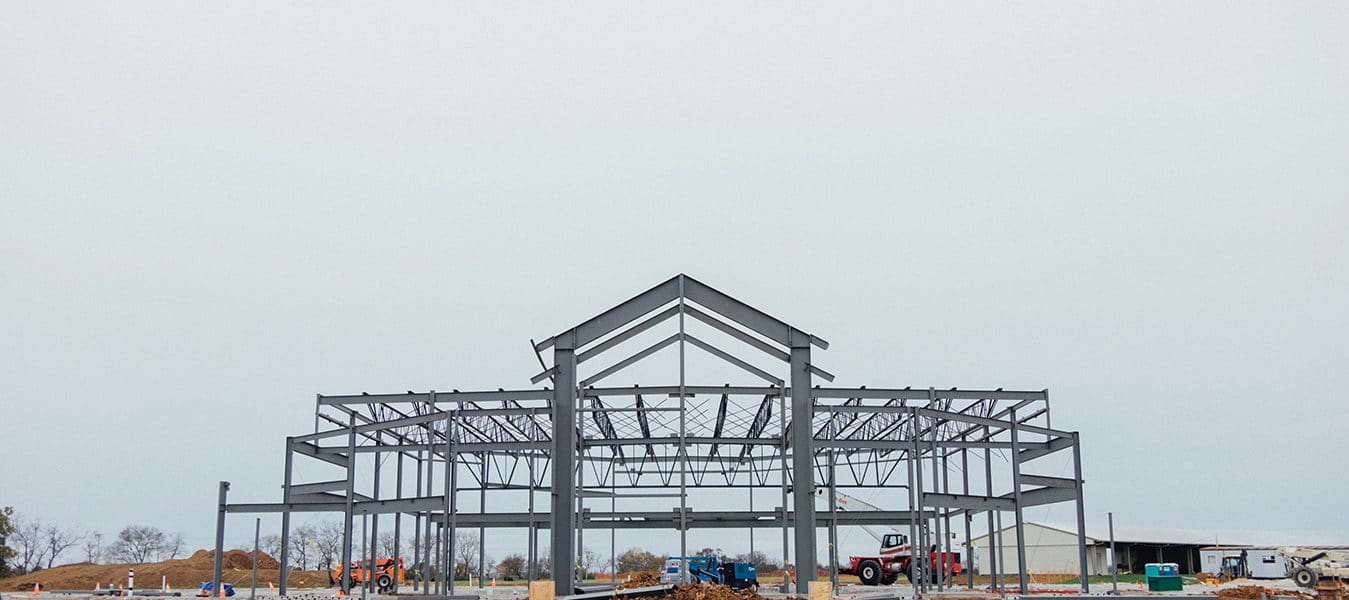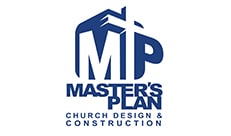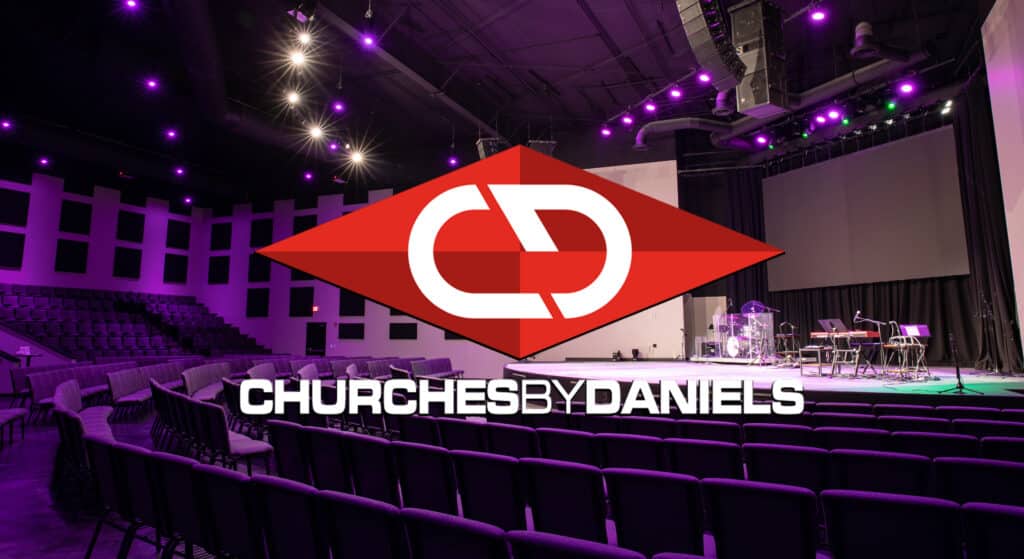By Fletcher Harper
Religious institutions have a special call to stewardship of financial resources. Not merely are nearly all of those financial resources contributed, but to the highest extent possible, such resources ought to be dedicated to the fulfillment of the institution’s mission.
How should religious groups think about dollars spent on green building? We would suggest three fundamental points.
- Green Building Frequently Does Not Cost More
Skeptics sometimes argue that green building is a luxury that costs far more than conventional building. Research, however, shows that LEED-certified green building projects cost an average of 2 percent more in upfront costs, and sometimes cost less than standard construction costs. The secret to keeping green building costs low is to get experienced green building professionals on your team from early in your project’s life.
A study by Davis Langdon Adamson, a construction cost-planning and management company, found that the first costs of constructing a sustainable building tend to match or only slightly exceed those of comparable non-green buildings. The study, Costing Green: A Comprehensive Cost Database and Budgeting Methodology, measured the square-foot construction costs of 61 buildings seeking certification under the LEED green building rating system against those of buildings of similar type that did not aim for sustainability. Taking into account a range of construction factors, the study found that LEED certification had little or no budgetary impact.
It is important to note that green building projects do require more time from ordained and lay leaders in charge of religious building projects. Religious leaders need time to learn about the basics of green building so that they can make good decisions about their project. They need to spend more time with architects and builders sorting through various green building options. They need to spend more time educating the members of their institution about green building in order to build support for the effort.
Time, like money, is a scarce and valuable resource. If you decide to pursue a green building effort, you should assume that you will need to spend more time than you would normally invest. Working with architects and builders who are experienced with green building helps reduce this time; working with inexperienced professionals will increase your time commitment even more and prove more frustrating.
So, we encourage religious leaders who are interested in building green to understand that green building does not need to carry a larger initial financial cost and that it will require an additional investment of time from your key leaders.
- Considering the Long-Term: Life Cycle Analysis and Payback Periods
The concept of life cycle analysis offers a compelling case for the financial wisdom of green building, especially for religious institutions.
Life cycle analysis refers to the idea that the true cost of any building material, system or component is not limited to its initial financial cost, but is more accurately understood as the initial purchase cost plus the cost of operation and maintenance over the product’s life cycle. Life cycle analysis also seeks to evaluate and quantify the environmental impacts and benefits that are connected to different building systems and materials.
So, for instance, adding more insulation to a new building may increase its original cost by a marginal amount, while decreasing the building’s cost of operations and greenhouse gas emissions substantially over time.
It is standard practice for architects and builders to calculate the “payback period” of different green building-related features. For instance, if the additional insulation mentioned above carried an additional up-front cost of $5,000 and saves $1,000/year, its payback period would be 5 years.
Because of the demands of their owners and shareholders and because they frequently move, businesses usually require a payback period of five years or less to consider any investment worthwhile.
Religious institutions, on the other hand, do not face the same shareholder or owner demands and do not move nearly as often as businesses. This allows religious groups to accept payback periods much longer than five years – up to 10 years or longer.
To put these two concepts to work, you should bring all the members of your team – your architects, engineers and builders – together at the beginning of your project to explore the green design and technology features that may give you the best possible outcome. It’s important for all the members of your team to be together – architects, builders, and various subcontractors, such as plumbers and electricians.
That’s because all the parts of your building are inter-related and have an impact on each other. For example, the use of super-efficient insulation needs to be considered when you are engineering your heating and cooling system, because the better insulated your facility, the smaller heating system you will need.
- The Concept of “Worthy Expenses”
Finally, it is important to realize that religious institutions routinely make financial decisions that are not justifiable only within the context of financial stewardship. An example of such an expenditure may be a contribution to a local food pantry or homeless shelter or in support of missionary outreach in a community near or far. Another example is an expenditure that beautifies your worship space, such as stained glass windows or certain kinds of tapestries or other design features.
Religious groups may also choose to integrate green design features into their space to support the health and well-being of the people using their facilities.
For example, a religious institution serving large numbers of children may choose to use certain types of “green” materials, paints and finishes, such as carpeting or non-VOC paints, that will not release noxious chemicals into the air breathed by those within your building, particularly the children you serve. Or a house of worship might choose to use high-functioning glass to bring aesthetically pleasing daylight into your sanctuary.
We call these kinds of expenditures, which are related primarily to your facility’s mission, “worthy expenses.”
Identifying and articulating such worthy green expenses can lead to a positive consensus about their inclusion in your project and serve as attractive aspects of your case for fundraising support.
The Rev. Fletcher Harper is the author of GreenFaith: Mobilizing God’s People to Protect the Earth. He is also the executive director of GreenFaith, an organization that is building a worldwide, multi-faith climate and environmental movement, www.greenfaith.org.
















